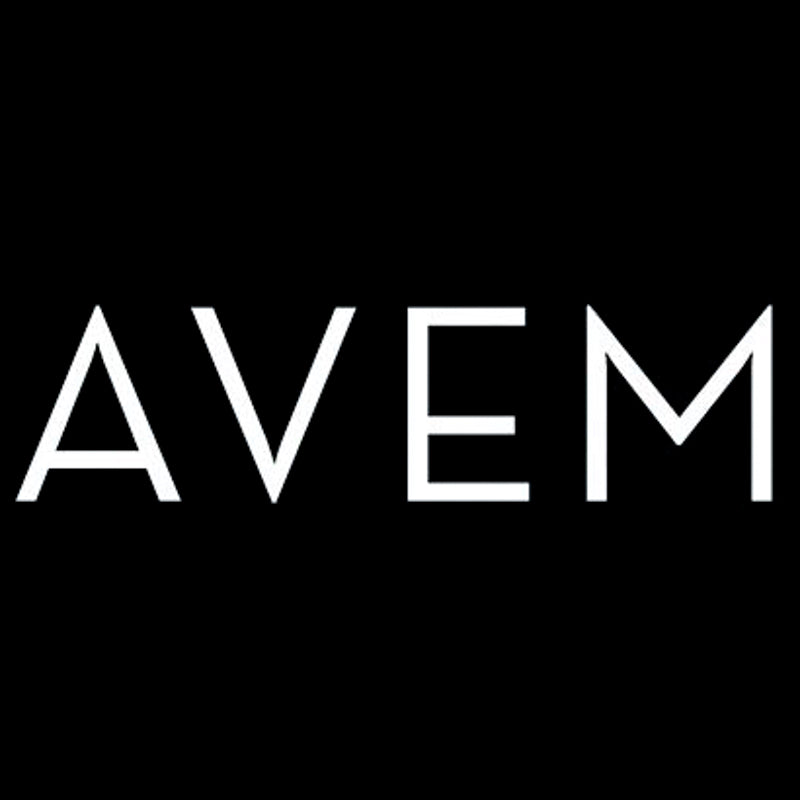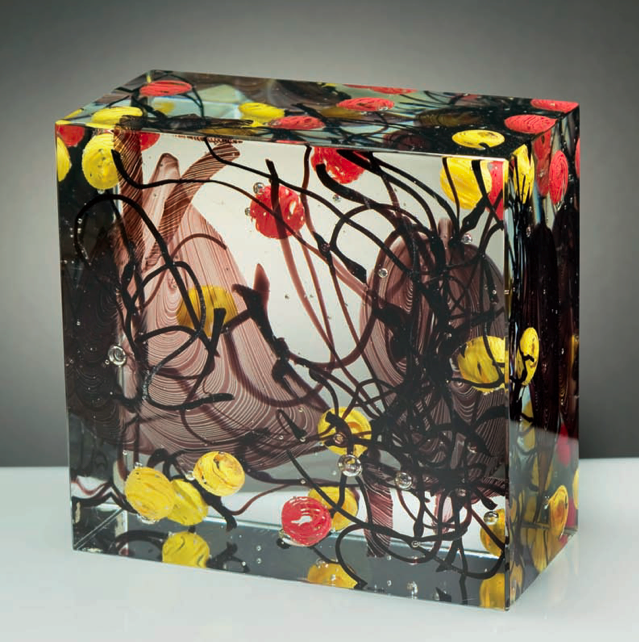Mirrors are not only functional but also works of art thanks to their frames and decorations. They also make a room appear larger and brighter. They can even be used to create some fantastic pieces of furniture. But how has it all began?
Nowadays Murano glass mirrors are based upon glass sheets that are produced industrially – since they have less imperfections and are hence more reflective - but all the other stages of production are handcrafted: mirroring with a silver emulsion, the freehand incisions, manual antique finishing, and obviously the assembly. All the components that adorn the mirror are handcrafted in the furnace: leaves, flowers, curls, festoons.
The production of Murano glass mirrors is still one of the strong points of the Venetian glass industry for both the quantity and the quality of the products. The most popular models are the traditional Venetian mirrors, but those inspired by the French 19th century and contemporary reworkings are common too.
The roots of this product go back in time.
In almost all ancient civilizations, mirrors were made of sheets of reflective metal. The manufacture of small glass mirrors began during the late Roman Empire and continued throughout the Middle Ages, especially in Germany and Lorraine. The first signs of the attempt to manufacture glass mirrors in Venice date back to the beginning of the 14th century.
It should be remembered that the possibility of manufacturing sufficiently reflective and transparent mirrors arises (in 1450) from the ability of Angelo Barovier , master of furnace, to produce - thanks to an accurate selection of raw materials and adequate processing phases - the fine, clear and shiny glass called cristallino by the inhabitants of Murano. Crystal that, in 1492, will be used by Roberto Franzoso, at Giorgio Ballarin’s furnace in Murano, for the production of the first Venetian glass mirrors.
From this date, the development of the art of mirror starts recording a noticeable acceleration.
In Venice a consistent production of glass mirrors started from the 15th century and the first official document dates back to the 16th century. The craftsmen engaged in the production of mirrors were two: the glazier who produced the glass plate, and the spechier that smoothed, polished, and tinplated the surface, making it reflective. The spechieri , because of their very specific skills, formed an interest group within the Arte dei vetrai (Murano glassmakers' guild) and could work only in Venice, not in Murano.
In 1507, Andrea and Domenego dal Gallo pointed out a technique to lay a slight layer of tin over crystal plates. This technique enables to achieve a manufacture privilege (a sort of patent granted by the Council of Ten in the Republic of Venice) for a period of 20 years. These mirrors, though competing with similar productions made abroad, remain inferior to metal ones.
Whilst the latter (made of an alloy of tin and copper) are polished and hence much more reflective, while glass mirrors - which are “stretched by hand” - present an irregular surface which does not grant good reflection. Between 1534 and 1554, a manufacturer of metal mirrors - Vincenzo Redor - developed a technique to smooth crystal plates to confer the same reflection degree of metal mirrors to glass mirrors. Such an exclusive technical evolution was “patented” and adopted by Redor for 25 years.
Starting from this period, the quality of mirrors manufactured in Venice (the so-called Façon de Venise ) is unrivalled across Europe. Venice is still today a point of reference in the production of decorative mirrors, not just in Europe but all over the world.
The Venetian Mirror
The patterns on the mirrors, obtained by means of its grinding wheel engraving, feature floral designs or, in the case of complex patterns, they feature mythological or bucolic figurative scenes. They always have a wooden backboard.
There are three types of Venetian mirror:
Mirrors with leaves and flowers. Here the engraved mirror is bordered by glassy elements (leaves, flowers, reeds, decorative elements). Such elements can be made of vitreous paste (opaque), transparent glass (coloured or neutral), or glass with gold leaf. All the decorative elements are fixed to the structure by means of special nails whose head is covered by a small vitreous boss. In the most recent models (starting from the end of the nineteenth century), it is possible that the fixing of these elements is carried out by making use of screws.
The presence of such decorative elements derives from the fact that mirrors manufacturers were in direct contact with glass manufacturers (sometime their productions were executed within the same furnace). Thanks to proximity, there has been a contamination of styles that led to the birth of a characteristic style.
 Drilled mirrors. The decorative part of these mirrors (besides engraving) is relied to “drilled” elements made of small hand-bevelled mirror pieces which, once aligned, create very complex decorative patterns. In the past, for the most demanding customers, the drilled mirror was further decorated with enamel, tortoiseshell, nacre or semi-precious stones (agate, lapislazuli, malachite, etc.) inserts. Each piece of mirror is fixed through pitch gluing or through small bosses whose head is visible: in this case, mirrors are previously drilled.
Drilled mirrors. The decorative part of these mirrors (besides engraving) is relied to “drilled” elements made of small hand-bevelled mirror pieces which, once aligned, create very complex decorative patterns. In the past, for the most demanding customers, the drilled mirror was further decorated with enamel, tortoiseshell, nacre or semi-precious stones (agate, lapislazuli, malachite, etc.) inserts. Each piece of mirror is fixed through pitch gluing or through small bosses whose head is visible: in this case, mirrors are previously drilled.
Wood inlay mirrors. In this case, the engraved mirror is inserted within an inlayed and golden wooden frame. Inlay mirrors are more recent than leaves and flowers or drilled mirrors (they started spreading from the eighteenth century) but, as wood inlay skills are shared by many European Countries (particularly France, Austria and Germany), they soon became the most common products on the market. To this purpose, it could happen that the cut mirror section made in Venice was sent abroad to be installed on wooden frames made on the spot.
The French Mirror
 The evolution of the mirror industry in France is mainly due to Jean-Baptiste Colbert (1616-1683), minister of the Royal House and Louis 14th’s arbiter for France industrial policy in the seventeenth century. The need of developing an autochthonous industrial production drives Colbert to conceive an industrial espionage strategy aimed at undermining Venice’s supremacy in the production of mirrors. To this purpose, between 1665 and 1667, Colbert encourages the expatriation of some Venetian spechieri (mirror masters) who, after having moved to Paris with great ceremony (in the plant which then became the Manufacture Royale des Glaces de Miroir ) start producing excellent quality mirrors on behalf of French commissioners.
The evolution of the mirror industry in France is mainly due to Jean-Baptiste Colbert (1616-1683), minister of the Royal House and Louis 14th’s arbiter for France industrial policy in the seventeenth century. The need of developing an autochthonous industrial production drives Colbert to conceive an industrial espionage strategy aimed at undermining Venice’s supremacy in the production of mirrors. To this purpose, between 1665 and 1667, Colbert encourages the expatriation of some Venetian spechieri (mirror masters) who, after having moved to Paris with great ceremony (in the plant which then became the Manufacture Royale des Glaces de Miroir ) start producing excellent quality mirrors on behalf of French commissioners.
But as the months went by, it was noticed that the French mirrors production cost resulted much higher compared to the cost of mirrors manufactured in Venice. Moreover, unlike expectations and promises, Venice inhabitants did not intend to transfer their knowledge to the French people. The tense relationship between the manufacture management and the colony of the emigrants became even more strained in January 1667, when Colbert forbid importation to France of mirrors manufactured within the Lagoon and it got worse a few days later, with the tragic death of one of the Murano masters. Then the idea that the Venetian Inquisition had started its action to radically solve the problem spread.
Scared by this event, the fugitives decided to go back to their Country, asking for (and obtaining) forgiveness.
Outwardly, the fight between Colbert and the Serenissima seems to have been solved in favour of the latter: in fact, the experience with Venetian artisans enabled the French to carry out an independent production which will undermine the Serenissima monopoly over time.
Characteristics of the French mirror.
The difference between the French mirror and the Venetian mirror is that the first never presents glass decorative elements (such as leaves or flowers) and it is rarely decorated with inserts in other materials. The historic reason lies in the fact that probably the French production structure (based on great manufactures, each one operating on a unique canonized sector) did not want to support those industrial contaminations which are present in the Venetian production.
French mirrors evolved towards a style which prefers decorative patterns of hand-bevelled mirrors element (fixed to the wooden frame with pitch) and aligned: in this sense they approach the drilled Venetian mirrors but they differ from the latter for their formal composition, which is more structured and less “Byzantine style”.
Engraving of pieces is characterised by a predisposition to enhanced wheel grinding and by an aesthetic aspect which approaches the German and Bohemian style (the geographic proximity between France and Germany certainly determined such a stylistic approach). As a consequence, in the mirrors the engraved decorative element tends to be more geometrical and less figurative.
The Modern Mirror
 The stylistic evolution of mirrors does not undergo significant changes during the seventeenth and eighteenth Centuries. The mirrors, both Venetian and French ones, are reproduced over the years with no meaningful modifications but, on the contrary, their typical historic traits are appreciated by the aesthetical conformism present in the middle class of the time.
The stylistic evolution of mirrors does not undergo significant changes during the seventeenth and eighteenth Centuries. The mirrors, both Venetian and French ones, are reproduced over the years with no meaningful modifications but, on the contrary, their typical historic traits are appreciated by the aesthetical conformism present in the middle class of the time.
Starting from the 20th century, with the coming of new artistic poetics, a renewal in the art of mirror engraving is encouraged.
The most renowned examples of furniture pieces characterised by mirrors are evident between the 1920s and the 40s: particularly, Art Déco (name derived as a synthesis of Paris International Exhibition held in 1925: Exposition International des Arts Décoratifs ) which sets a new engraving poetics. The eclectic style is different, depending on the Country and on the architect, but the common thread is represented by a remarked predilection for decorative styles with geometric roots and stylized figurative expressions.
In some cases, the aesthetic influence derived from artistic avant-gardes such as Futurism, Neoclassicism, Modernism, or Cubism can be perceived.
Among the most well-known designers of engraved mirror art, Serge Roche, Pierre Dariel, Jacques-Émile Rhulmann (in France) and Giò Ponti (in Italy) just to mention a few.
SHOW PRODUCTS






Leave a comment
All comments are moderated before being published.
This site is protected by hCaptcha and the hCaptcha Privacy Policy and Terms of Service apply.